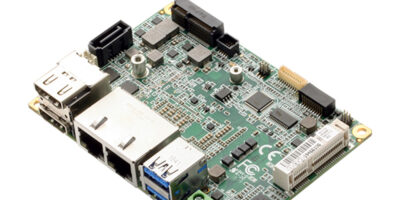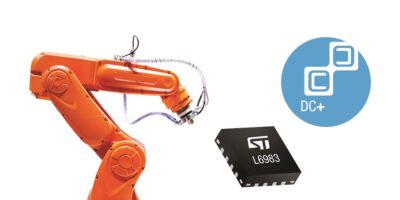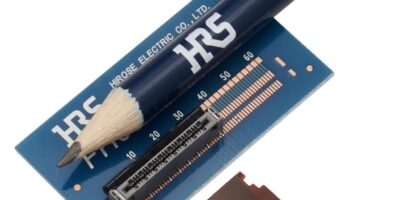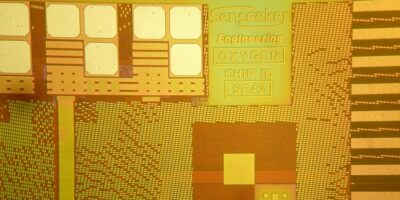Designed for embedded artificial intelligence (AI) and edge computing, the PICO-WHU4 is the latest compact board available from Aaeon. It is built on the PICO-ITX form factor and powered by eighth generation Intel Core processors.
The PICO-WHU4 features the eighth generation Intel Core i3/i5/i7 and Celeron processors (formerly Whiskey Lake) with support for up to 16Gbyte of DDR4 RAM. The computing power, despite the compact PICO-ITX form factor, allows the PICO-WHU4 to power AI and edge computing applications. It has a wide operating temperature range of 0 to 60 degrees C. It offers an I/O configuration designed to integrate with almost any embedded application, says Aaeon. There are two Ethernet ports, two HDMI ports, and four USB 3.2 Gen 2 ports. The board also has two COM headers, supporting RS-232/422/485 serial port operation.
The PICO-WHU4 can be expanded with an M.2 slot providing support for Wi-Fi and Bluetooth connectivity. An mSATA/mPCIe slot can support expansions such as the AI Core X with Intel Movidius Myriad X.
Aaeon can also custom-configure the PICO-WHU4 to suit specific customer projects, helping to reduce development time and time-to-market.
The PICO-WHU4 is also available as a turn-key solution, the PICO-WHU4-SEMI compact embedded system. It has a compact chassis, which is described by Aaeon as easy to set up and deploy.
The PICO-WHU4 can be used in a variety of vertical markets, including smart retail and smart cities.
Established in 1992, Aaeon designs and manufactures professional intelligent IoT solutions. It provides industrial motherboards and systems, industrial displays, rugged tablets, embedded controllers, network appliances and related accessories, as well as integrated solutions. The company also has the hardware and services for premier OEM/ODMs and system integrators worldwide.
As an Associate Member of the Intel Internet of Things Solutions Alliance, Aaeon offers customised end-to-end services from initial product conceptualisation and board product development to mass manufacturing and after-sales service programs.







